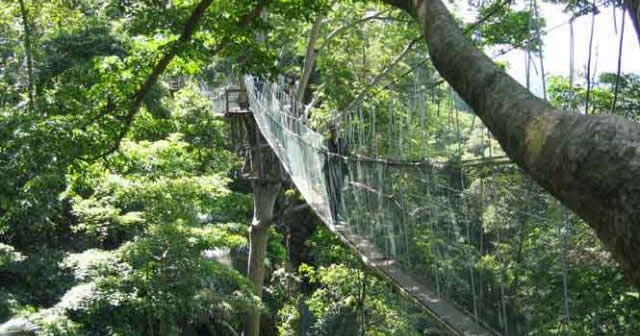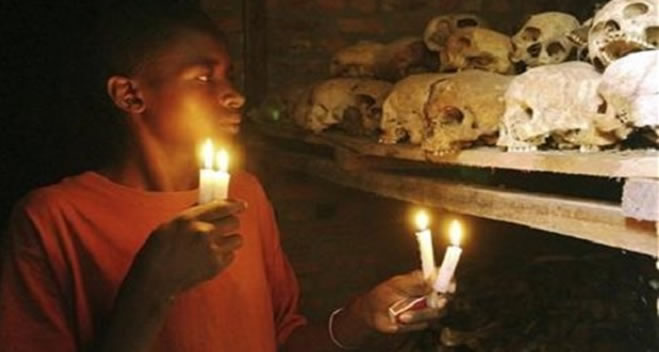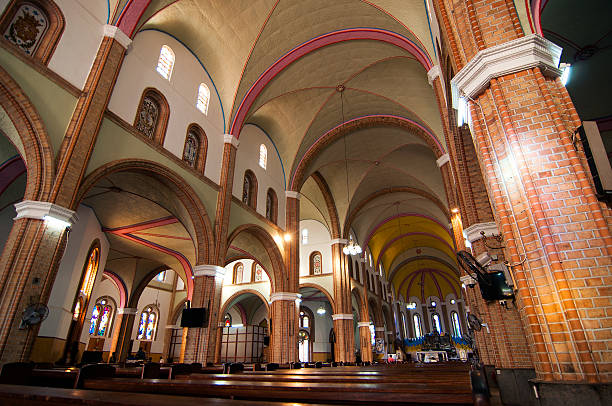
5 Historical and Cultural Sites To Visit In Uganda
A cultural site refers to physical artefacts of tangible and intangible things inherited from ancestral generations. In the modern-day society, these places have been gazetted for tourists to look at the past and visualize the future. Uganda is one of the few places that have reserved these traditional places due to the rich culture amongst its various tribes. As aforementioned, there are many of these cultural sites in the pearl of Africa but we bring to you the 5 best cultural sites to visit while on a Uganda safari.
-
Kasubi Tombs
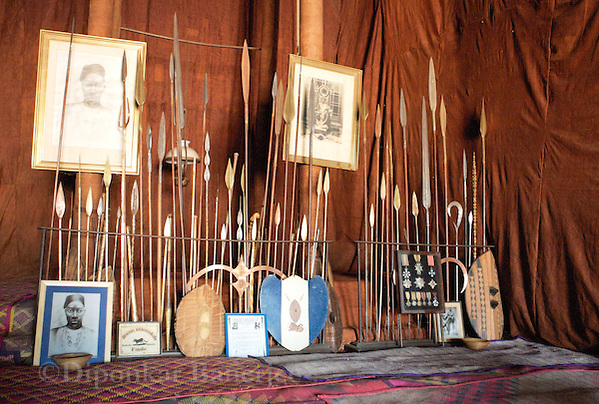
Kasubi Royal Tombs
It is a burial ground for the Kabakas or Kings of Buganda. This tomb was first built in 1881 on the Kasubi hill in Kampala. It is located in Kampala district along Hoima road. Kasubi was formerly known as Nabulagala residing on over 30 hectares of space. The tomb hosts a number of traditional and agricultural activities. In 2001 it was listed as UNESCO heritage site. Not only is the site a cultural place for the Baganda it is also famous for attracting over 50,000 tourists per year hence highly contributing to the country’s foreign earnings. Kasubi tombs are the most known spiritual centre for the Baganda and religious place in the kingdom. To the site, lots of historical, traditional and spiritual values are attached.
2. Nyero Rock Painting
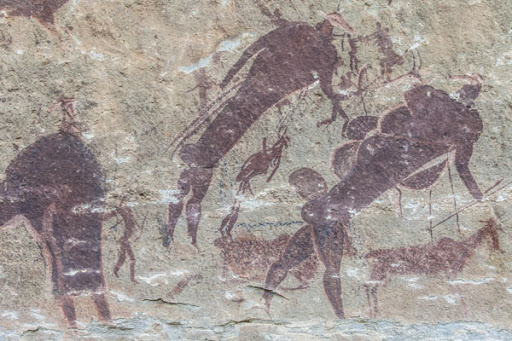
Nyero Rock Paintings
The Nyero rock paintings are located in eastern Uganda in Kumi district about 250km from Kampala. These paintings are among the most important rock art in Uganda. The Nyero rock painting was first documented in 1913 and later described by researchers as largely of geometric nature. This type of homogeneous tradition often depicted in red pigment spreading across east and central parts of southern Africa matching the description of the last stone-age hunter-gatherer culture. This art is attributed to the Batwa it is likely that the Twa hunter-gatherer who are of pygmy origin and are today in eastern Africa only found in small groups at the border of Uganda, Rwanda and the Democratic Republic of Congo (DRC).
The paintings enrich the cultural identity of the Iteso in Uganda. This site was added to the UNESCO world heritage tentative list on September 1997 in the cultural category.
3. Uganda Martyrs Shrine Namugongo
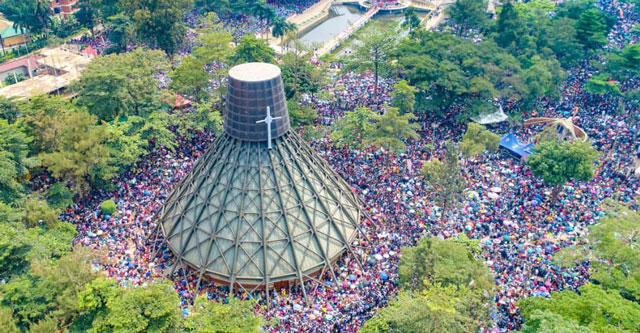
Uganda Martyrs Shrine Namugongo
It is a roman catholic minor basilica dedicated to the Ugandan martyrs. It is found in Namugongo in Wakiso district. The Namugongo shrines were first recognized by late Joshua Serufusa-zake when he was the Sabadu of Kira sub-county. He constructed a structure at the Namugongo site where it appears shrines were built later for prayer. Groundbreaking for the construction of the shrine was in 1965 and construction was finished in 1968. The year 2014 marked 50 years since the shrine was canonized and elevated to sainthood by Pope Paul VI on 18th October 1964.
4. Rubaga Cathedra
It is the oldest roman- catholic diocese in Uganda. It is found in Lubaga in Kampala district. Kabaka Mutesa I Mukaabya Walugembe the 30th Kabaka of Buganda who reigned from 1856 until 1884, once maintained a palace on Lubaga hill he abandoned the hill and relocated to mango hill. The church was set up by the missionaries in 1914 and completed in 1925.
5. The Uganda Museum
It is located in Kampala and it displays and exhibits ethnological, natural- historical and traditional life collections of Uganda’s cultural heritage. It was founded in 1908. Among the collections in the Uganda museum are playable music instruments, hunting equipment, weaponry, archaeological findings and entomology. It is the oldest museum in East Africa. The museum has a number of galleries such as ethnography, natural history, traditional music, science and industry and early history.

